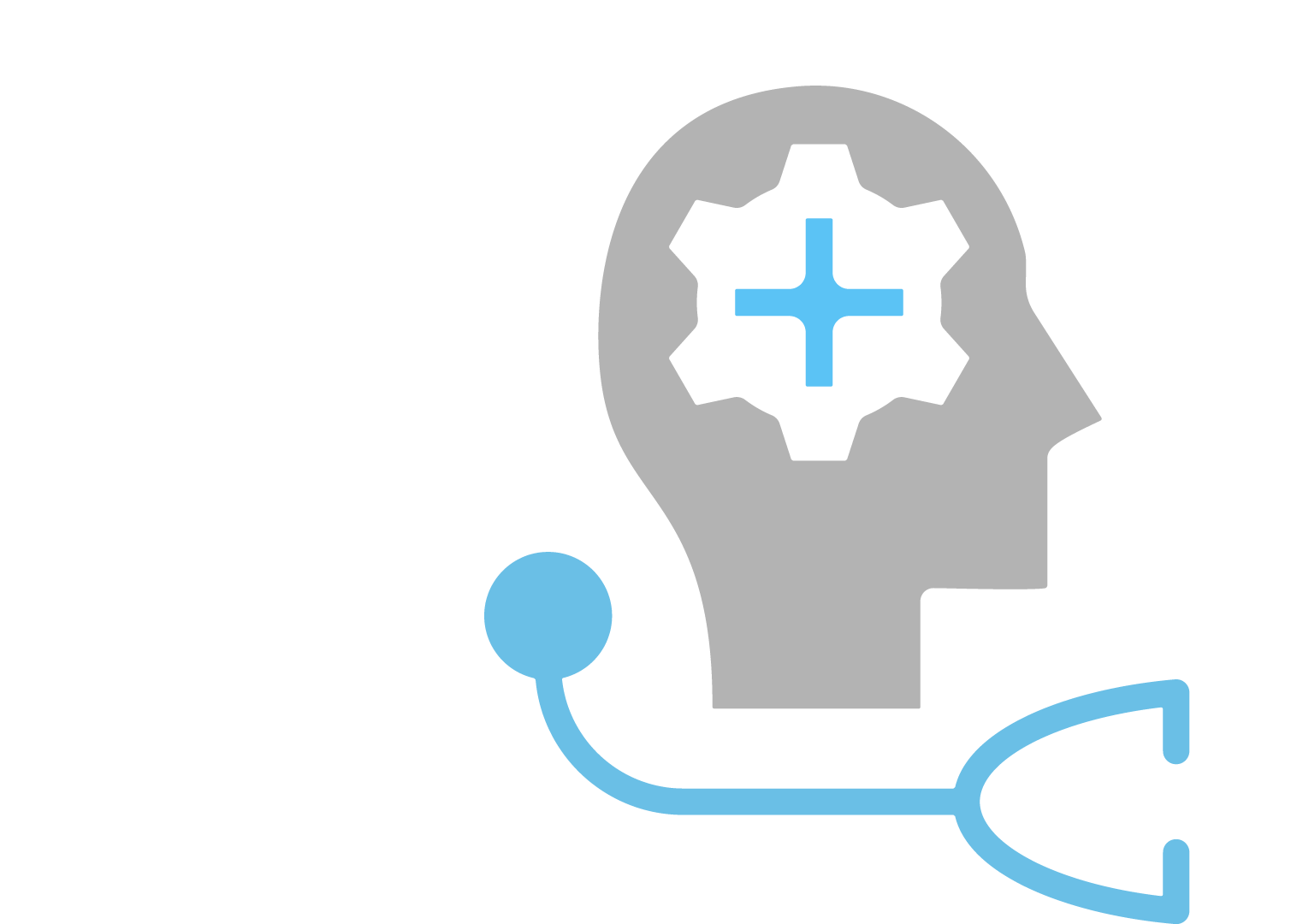There are 9 parts of the neurologic exam. Click on the icons below for more details about each part.
There are 9 parts of the neurologic exam. Click on the icons below for more details about each part.
9 parts of the neurologic exam
Mental status
- Level of consciousness
- Alert
- Lethargic
- Somnolent
- Unconscious
- Orientation
- Person
- Place
- Time
- Thought processes
- Linear, logical
- Tangential
- Hallucinations, delusions
Station and gait
- Station
- Romberg: Position sense (proprioception)
- Stand feet together, eyes open, then eyes closed
- Pronator drift: Close eyes, arms out in front, palms up, then tap each arm and watch return
- Romberg: Position sense (proprioception)
- Gait
- Walk up and down hall (arm swing, balance, leg movements, balance [in turns])
- Heel walk: Tests balance, dorsiflexion strength and accentuates arm swing
- Toe walk: Tests plantar flexion and balance
- Tandem walk (heel-toe-heel walk): Cerebellar function, position sense
- Hop in place, 1 leg at a time
- Shallow knee bend, 1 leg at a time
Skull and spine
(often in trauma)
- Palpation for:
- Defects
- Deformity
- Tenderness
Meninges
(Meningeal irritation)
- Brudzinski’s: Flex neck; if hips and knees flex, it is positive
- Kernig’s (knee): Flex knee and hip, then extend knee; positive if extension is resisted
- I: Olfactory—each nostril separately
- II: Optic (vision)
- Visual acuity
- Visual fields
- Funduscopic
- Pupillary response (afferent)
- III, IV, VI: (Oculomotor—pupils and med & inf rectus & med & inf oblique, trochlear—sup oblique, abducens—lat rectus)—EOMs “H”—6 cardinal directions of gaze
- Pupillary response (efferent—III)
- Diplopia
- Accommodation
- Nystagmus (horizontal, vertical or rotary): Described by direction of quick phase
- Ptosis (III)
- V: Trigeminal
- Motor: Muscles of mastication
- Sensory: 3 divisions—ophthalmic, maxillary, mandibular
- Sharp/dull
- Light touch
- Can augment with hot/cold if abnormality suspected
- Corneal reflex (sensory: V, motor: VII)
- VII: Facial
- Motor: Facial movements and expressions
- Look for asymmetry or involuntary movements
- Eyebrows, eyelid closure, grimace (show teeth), puff cheeks
- Look for asymmetry or involuntary movements
- Sensory: Taste sensation in ant 2/3 of tongue
- Motor: Facial movements and expressions
- VIII: Acoustic—hearing and vestibular function
- Whispered voice, if decreased in one
- Conductive
- Rinne (fork over mastoid and then ear): air vs bone conduction (normally AC>BC)
- Sensineural
- Weber (fork top of head): Lateralization to ear if conductive hearing loss (BC>AC) and to opposite ear if SNHL (not heard in ear with SNHL)
- IX, X: Glossopharyngeal and vagus—palate, pharynx and larynx
- Say ah: Uvula midline, soft palate rises symmetrically
- Gag reflex
- XI: Spinal accessory—upper trap and SCM
- Shrug shoulders
- Rotate head to either side against resistance
- XII: Hypoglossal—tongue
- Inspect for symmetry, fasciculations
- Protrude tongue; look for deviation (can test motor through each cheek)
Motor
- Inspection: body position, involuntary movements, tone (passive ROM) and bulk of muscles
- Strength: Dominant usually stronger
- Grading strength
- 5: Normal—active movement against resistance with no fatigue
- 4: Active movement against gravity with some resistance
- 3: Active movement against gravity
- 2: Active movement with gravity eliminated
- 1: Barely detectable flicker or trace of contraction
- 0: No muscular contraction detected
- Grading strength
Sensory
- Pain: Sharp/dull (swab)
- Light touch (cotton wisp)
- Temperature
- Vibration: Largest tuning fork stem over bony prominences
- Position sense (proprioception)
- Stereognosis (identify objects)
- Graphesthesia (draw numbers in palm)
- 2 point discrimination
- Point localization
- Extinction (one or both sides)
coordination
(Motor, cerebellar, vestibular, sensory)
- Rapid alternating movements
- Fingers to thumb sequentially
- Palms on thighs
- Hands on thighs, palms-dorsum-palms
- Point-to-point movements
- Finger-nose-finger
- Heel-knee-shin
Reflexes
- Biceps: C5, C6
- Brachioradialis: C5, C6
- Triceps: C6, C7
- Knee: L2-L4
- Ankle: L5, S1
- Graded
- 0: No response
- 1+: Diminished
- 2+: Average, normal
- 3+: Brisk
- 4+: Very brisk, hyperactive response, with clonus
- Babinski (upgoing is abnormal)

